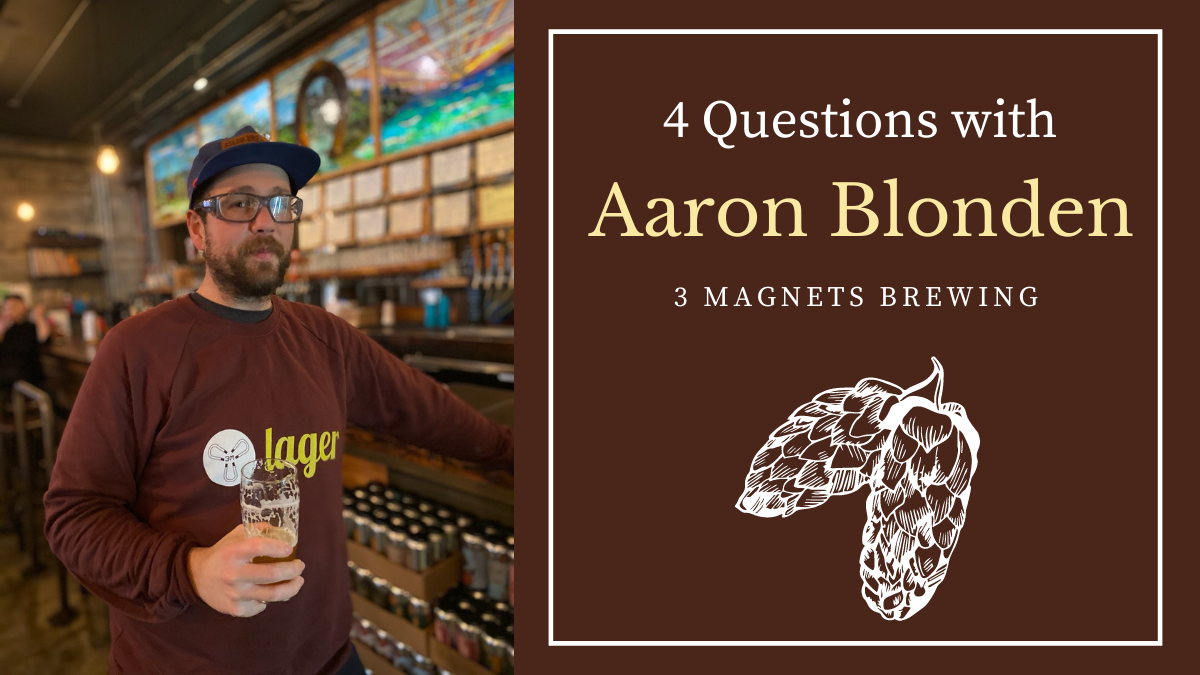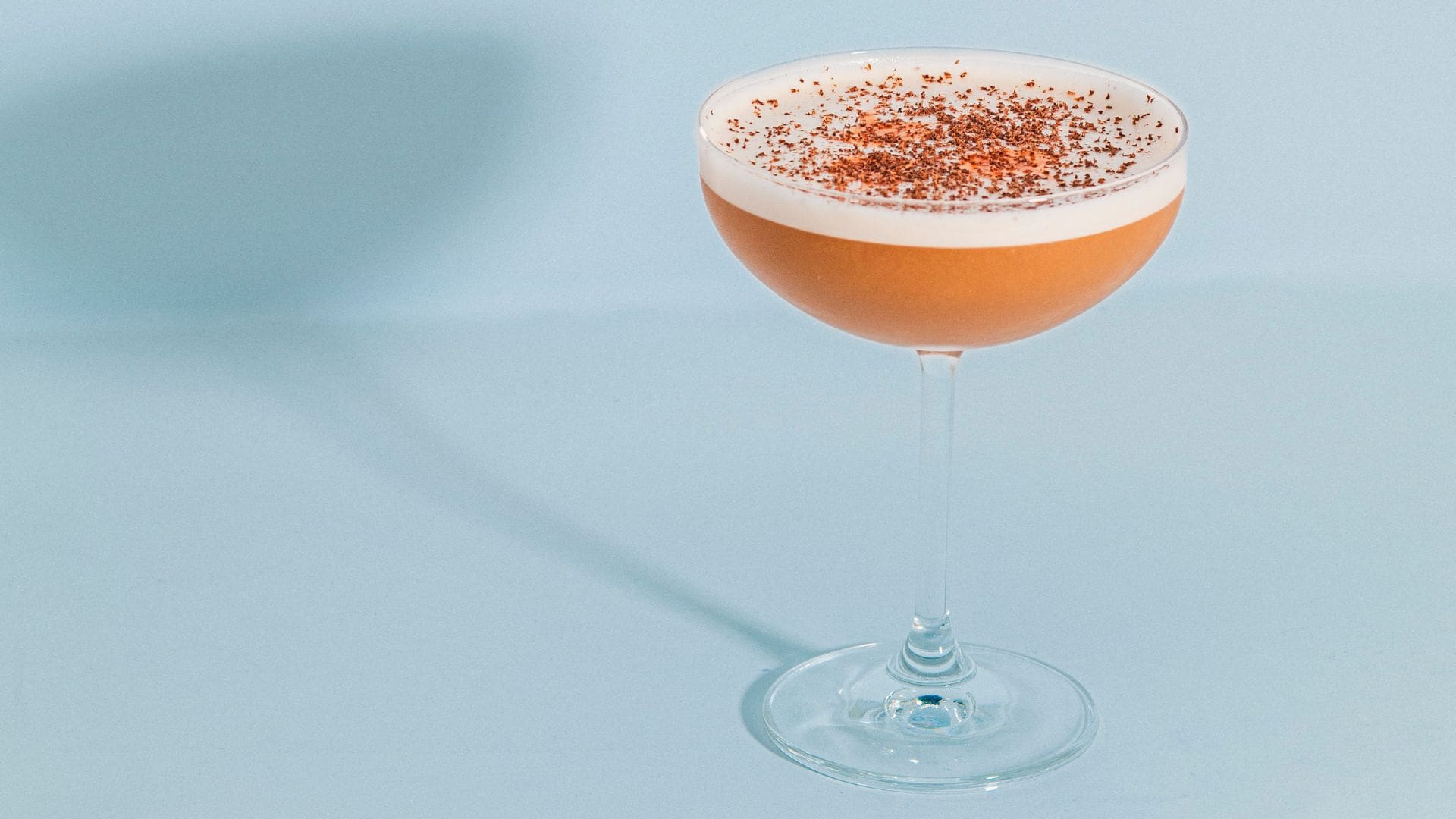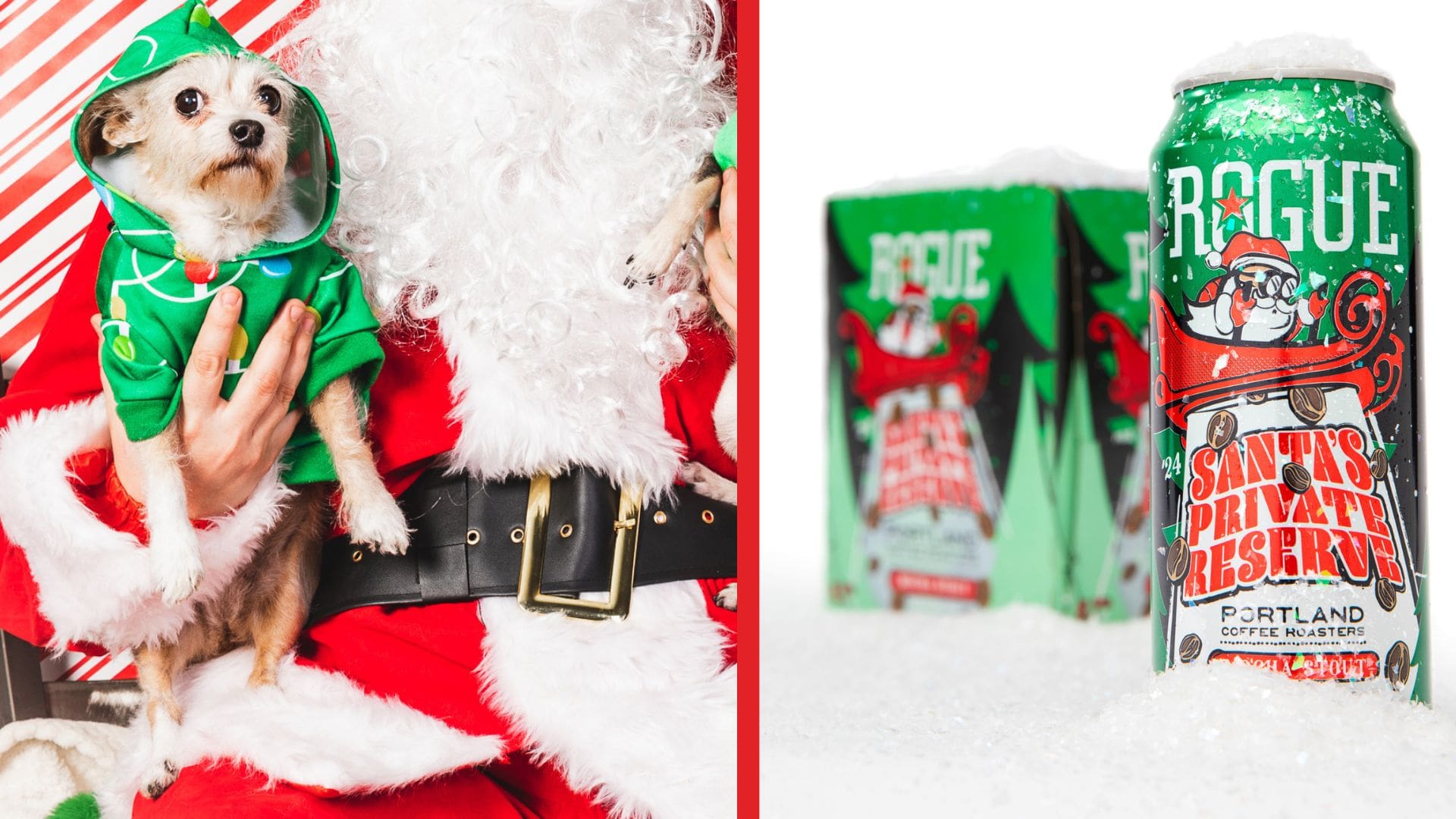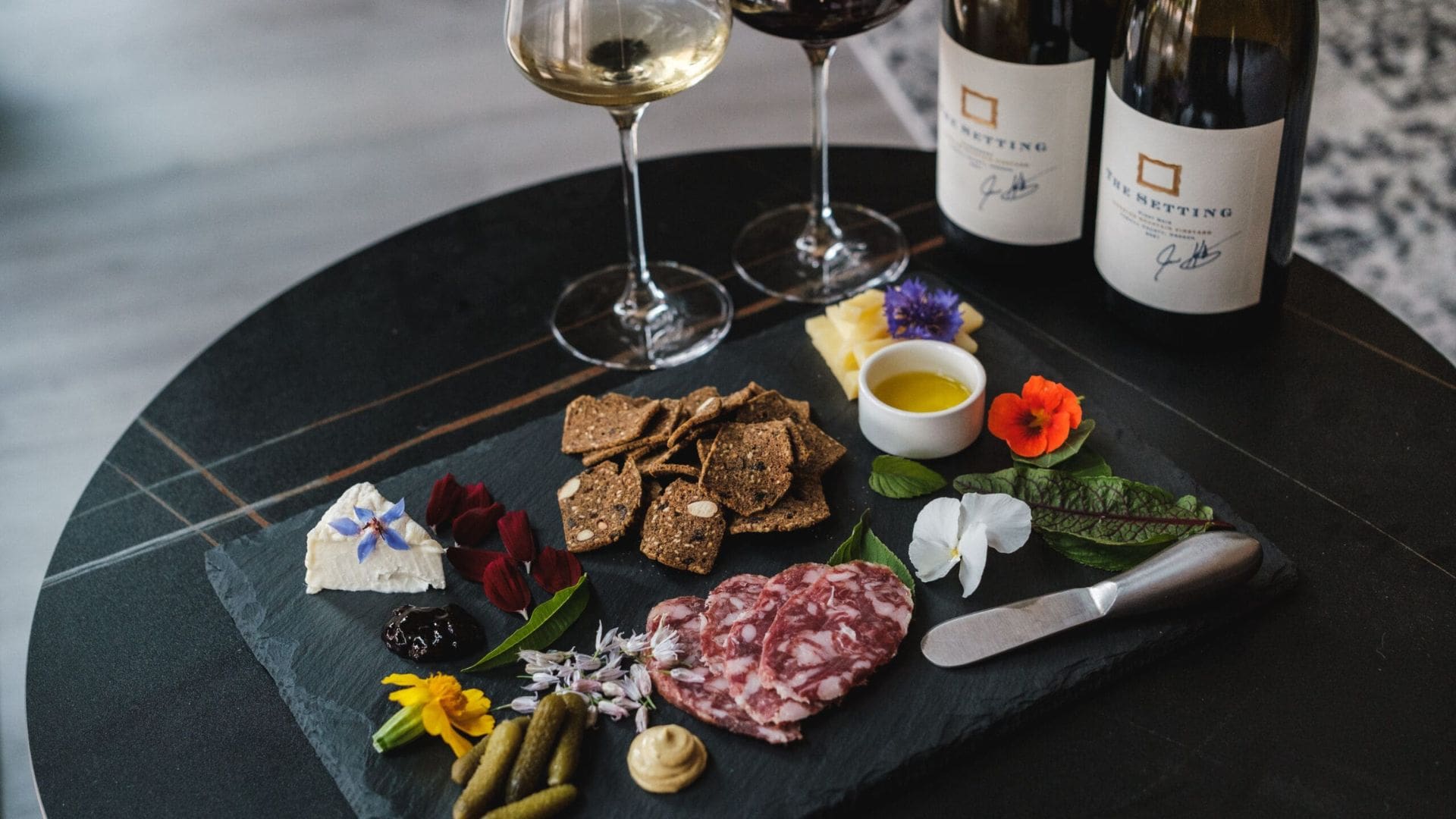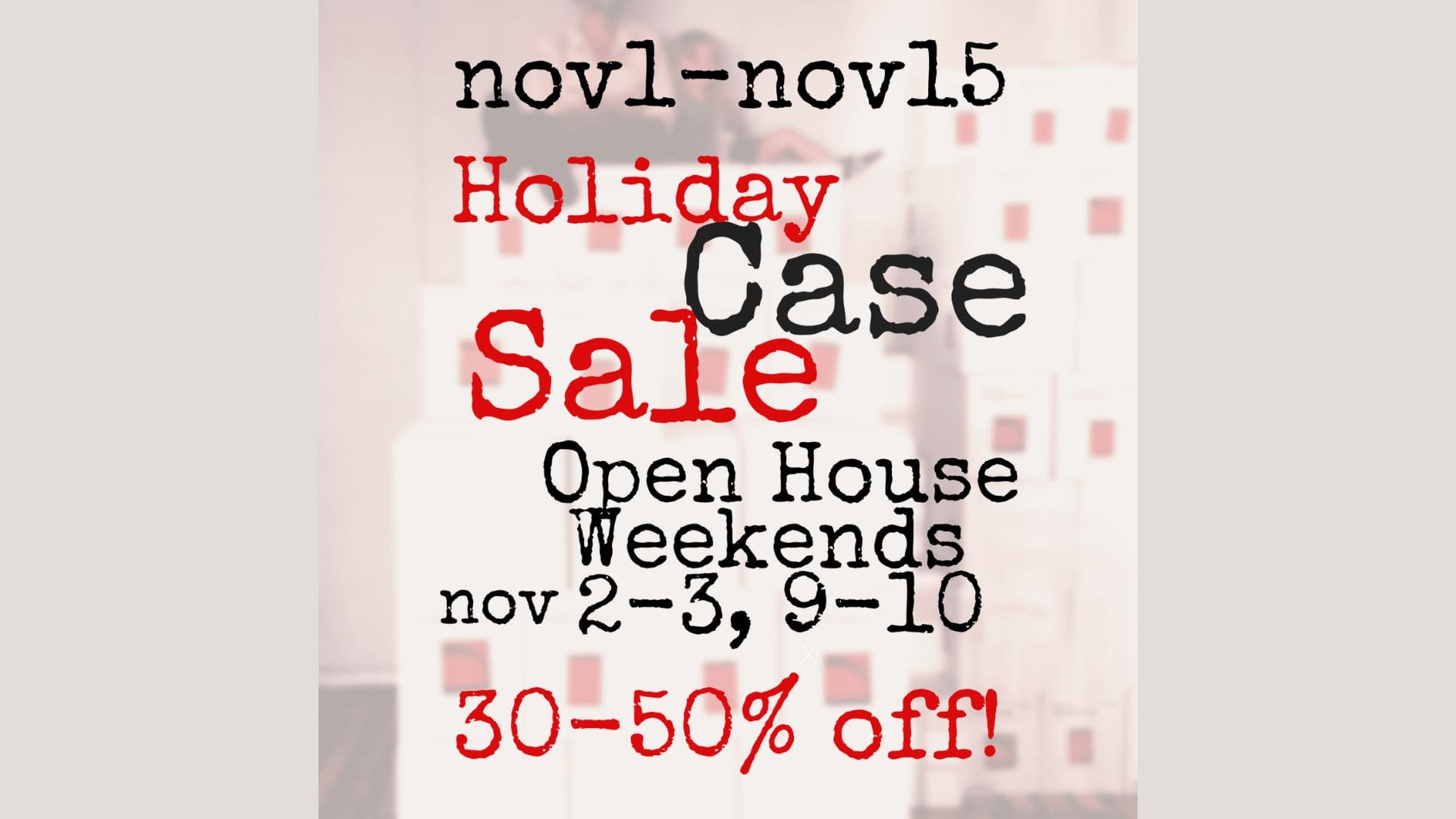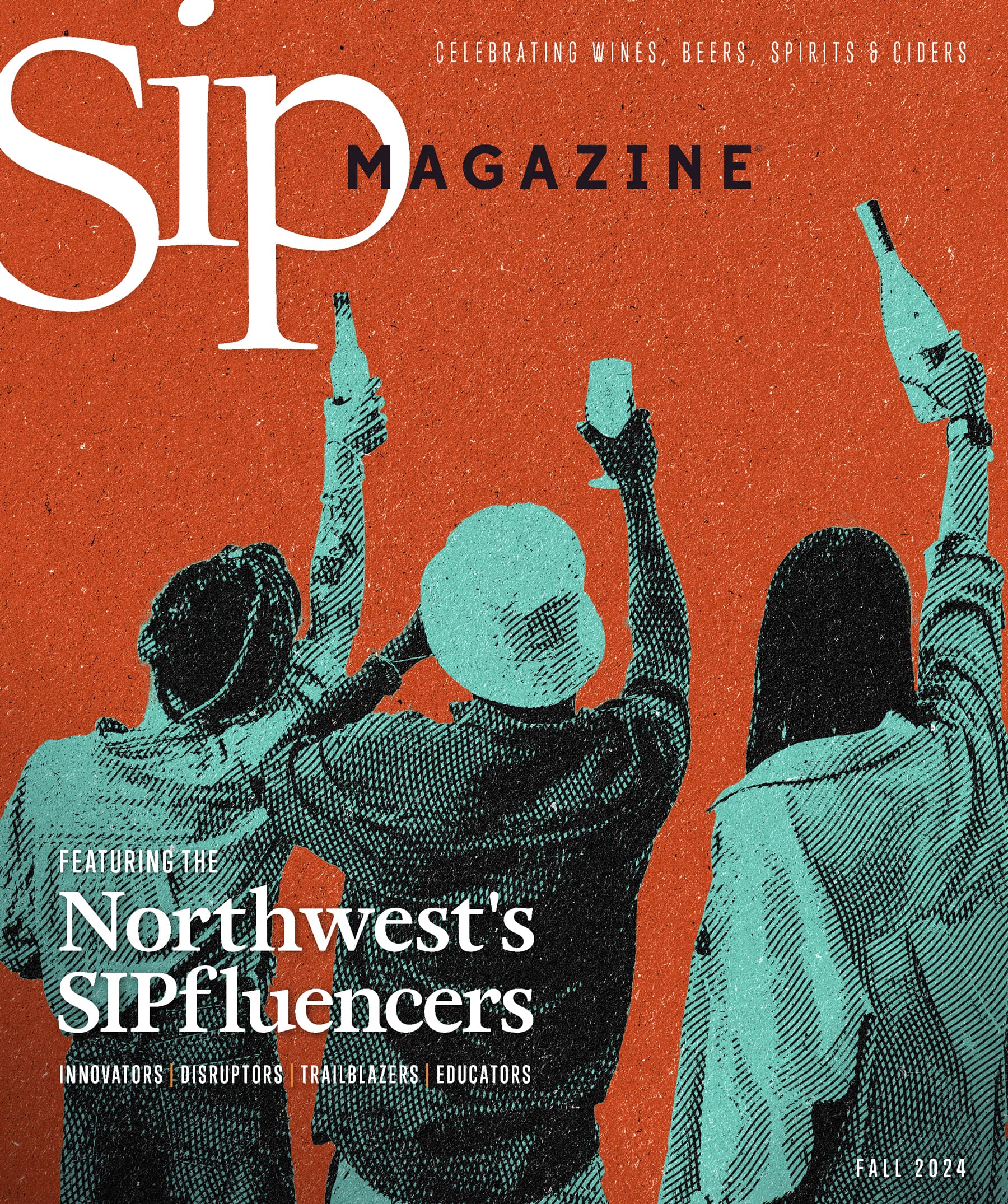Aaron Blonden isn’t someone with a lot of idle time on his hands. Ten years in the beer industry has taken him from North Corner Brewing Supply in Bellingham, Wash., to Two Beers Brewing, Redhook, Chainline and Matchless. Now the head brewer for Olympia’s Three Magnets, he’s also an instructor for the Craft Brewing and Distilling Program at South Puget Sound Community College and works with raw ingredients for Mainstem Malting. Plus, this award-winning brewer is an avid mountain biker and can often be found riding the trails in Capitol State Forest near Olympia, Wash.
Somehow though, Blonden found time for another project during the pandemic: He debuted in September 2020 a new line of non-alcoholic beers called Self Care. Brewed in 15- or 30-barrel batches, these ales and lagers quickly found an audience in spite of their limited availability, leading Three Magnets to expand its lineup and launch a dedicated web store to market these innovative beers from coast to coast. So far, Blonden has created a number of clear and hazy IPAs, a coconut dark ale, an Italian-style Pilsner, and a so-called “Bohemian Brew” inspired by one of his favorite styles. The tenth Self Care release, a pale ale made with Galena and Palisade hops, gets canned later this month and will ship to 42 states.
How did the idea for Self Care originate? Why separate it from the Three Magnets brand?
I have had a vested interest in creating NA (non-alcoholic) products for a few years. I always welcomed the challenge, but wanted to create my own pathway. I don’t want to do what other producers are doing or just get some “how-to” manual. Or a machine that takes alcohol out of regular beer. Separating Self Care beers from the Three Magnets brand a little more visibly and with structure comes from the desire not to remind folks that they could be drinking one of our alcohol-included options. They are not “less than”; they shouldn’t be thought of as such. It’s none of our business as to why folks are drinking them, we just hope they enjoy the product.
Had you brewed any NA beers before this? Why start with an IPA?
I had not brewed any NA before starting with the first batch of Self Care. I sometimes create a game plan, map it out on a brewing sheet, and revisit it numerous times before brewing it. The difference to why this finally happened was most likely Sara and Nate (Reilly, owners of Three Magnets). They pretty much 100 percent trusted me to take a crack at this. We casually discussed it, but then as it [often] goes with Nate, things went from “could ya?” to “it’s scheduled to can in six weeks.” We tasted every NA we could possibly get our hands on. I had an idea what facilities were doing. They were doing what we couldn’t, or what I didn’t want to [do]. Hop character seemed thrashed by the time it was canned, [and] I wanted to bring that [character] to life in a small batch and see how it went. So giving a go to the IPA that has been probably some 70 percent of my production history as a “lager” brewer seemed right.
How does making these beers challenge you as a brewer? Anything you’re eager to eventually add to the Self Care lineup?
The feedback loop in this industry will test your limits. Consumers pick these up and expect them to taste just like beer. Be just as cheap to make as beer. Or just as easy or consistent to produce. If we start judging non-alcoholic beers as we do leaded beers, by [standards of] the Beer Judge Certification Program, the Great American Beer Festival, World Beer Cup and so on, we will probably ruin it. They flat out can’t have the exact same profile or esters as a beer, let alone contributions from alcohol and alcohol-based flavors. I am only ten batches in and have been producing beer for over a decade. The [Self Care beers] will get better, we will win awards, we will innovate. I have huge plans for our upcoming fresh-hop season. We are in Washington, and I’ve been going out for [hop] harvest for a decade. We are going to throw down really hard come harvest.
What are the next few releases you have planned? Will you revisit any of the first 10 batch recipes at some point?
I have been very intentional with using premium ingredients so there has been overlapping [with] the first Self Care [beers] so far on malt selection. Most of our batches have been a bulk of Skagit Valley Malting and Mainstem Malting, both out of Washington. Some of the specific tricks like dip hopping have been repeated because I liked it in a previous batch. I have tried hop oil, dry hopping pre-fermentation, post-[fermentation], and have also dry hopped every single batch for microbe stability. The coconut dark Self Care was actually dry-hopped with coconut flavor profile hops [and] I used a hop from the tea industry called Relax in the Italian Pilsner. I found this hop had zero alpha acid – rare in our field. So if I tossed a ton in the kettle, it wouldn’t over bitter the beer. We want to grow our output slowly. Slow and efficient growth that makes sense is what I’m all about. I get less excited about this being profitable if we just scale it up 10 times. We know there is a ceiling and I want to keep it organically small.
This interview has been edited and condensed for clarity.

